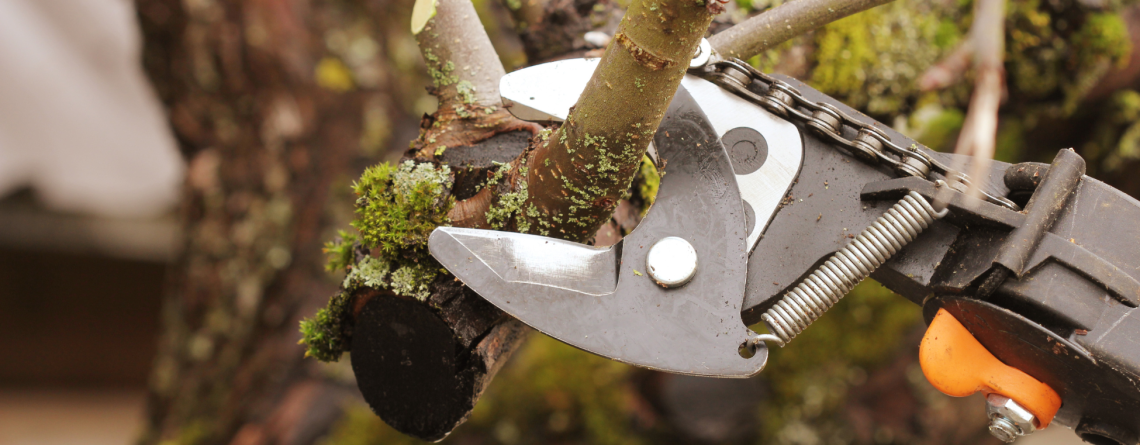An Ounce of Prevention – Home Safety Edition Part II
There’s no way to be perfectly safe unless we live in a bubble. However, there are plenty of things we can do to reduce risk. This is the second in a three-part series on making your home safer, inside and out.
During this time of year, it seems prudent to review ways to reduce the risk of wildfire damage. I recommend keeping any foliage away from the house and trimming trees eight feet up from the ground. If tree limbs hang over the house, remove them.
I used to think it was okay to have bushes near the house as long as I watered them. “If it’s green it won’t burn,” I told myself. Turns out that during a wildfire, the heat dries out any greenery and then proceeds to use it as fuel. And although lightning is rare in our area, it does happen. Years ago, an electrical storm started more than a hundred fires in Mendocino County. If you have the tallest tree in the neighborhood, take note.
While we’re focused on the outdoors, might I suggest you keep an eye out for poison oak and wasp nests. Toxins like these can cause reactions that range from uncomfortable to deadly. My father once ended up in the hospital for three days after burning brush full of poison oak, and the last time I was in a hospital emergency room was to get treatment for my daughter’s poison oak. So, a word to the wise: if you’re allergic to poison oak and you need it cleared, consider hiring someone to help you.
As we move indoors, another potential fire hazard is electricity. Electricity is a wonderful invention, but it can be dangerous. If you notice an outlet with black soot or one that sparks when you plug something in, replace it! This is one of the easiest home repairs of all time (as long as you remember to turn off the electricity first), and it can prevent a fire or worse.
GFI plugs are ground fault interrupter circuits and they belong anywhere there’s an outlet near water, including sinks and appliances such as dishwashers or clothes washers. GFI plugs can be frustrating because their little circuits trip easily, but they save lives and resetting them takes about two seconds; just press the little button on the outlet.
Another electrical hazard can come from electrical cords. In the digital age, we tend to use more extension cords, sometimes running them under rugs. The good thing about hiding cords under rugs is that you’re less likely to trip on them. The bad thing is that constant foot traffic can fray wires and rugs are flammable.
Electrical cords are not the only tripping hazards to consider. Staircases that aren’t built to code sometimes have odd steps. When steps aren’t consistent, we can stumble and fall. Even when steps are solidly built, loose or torn carpet or slick surfaces on steps have sent many an unsuspecting stair climber sprawling.
I once did a cartoonish banana-peel fall where my legs ended up over my head on exterior brick stairs that became slick when water froze on them. I landed on the small of my back and in that moment wondered if I would walk again. I ended up with a bruise from the middle of my back to the back of my knees, but thankfully, I healed. If you have any slick surfaces, indoors or out, consider adding texture so there’s enough traction to prevent slipping.
Solid railings are another important safety feature on stairs. They prevent falls, and they can help those of us with knees that complain when we insist they carry us up and down stairs.
To see previous articles on home safety, visit www.selzerrealty.com and click on “How’s the Market”. Search for asbestos, lead, and black mold.
If you have questions about property management or real estate, please contact me at rselzer@selzerrealty.com or call (707) 462-4000. If you have an idea for a future column, share it with me and if I use it, I’ll send you a $25 gift certificate to Schat’s Bakery.
Dick Selzer is a real estate broker who has been in the business for more than 45 years.






